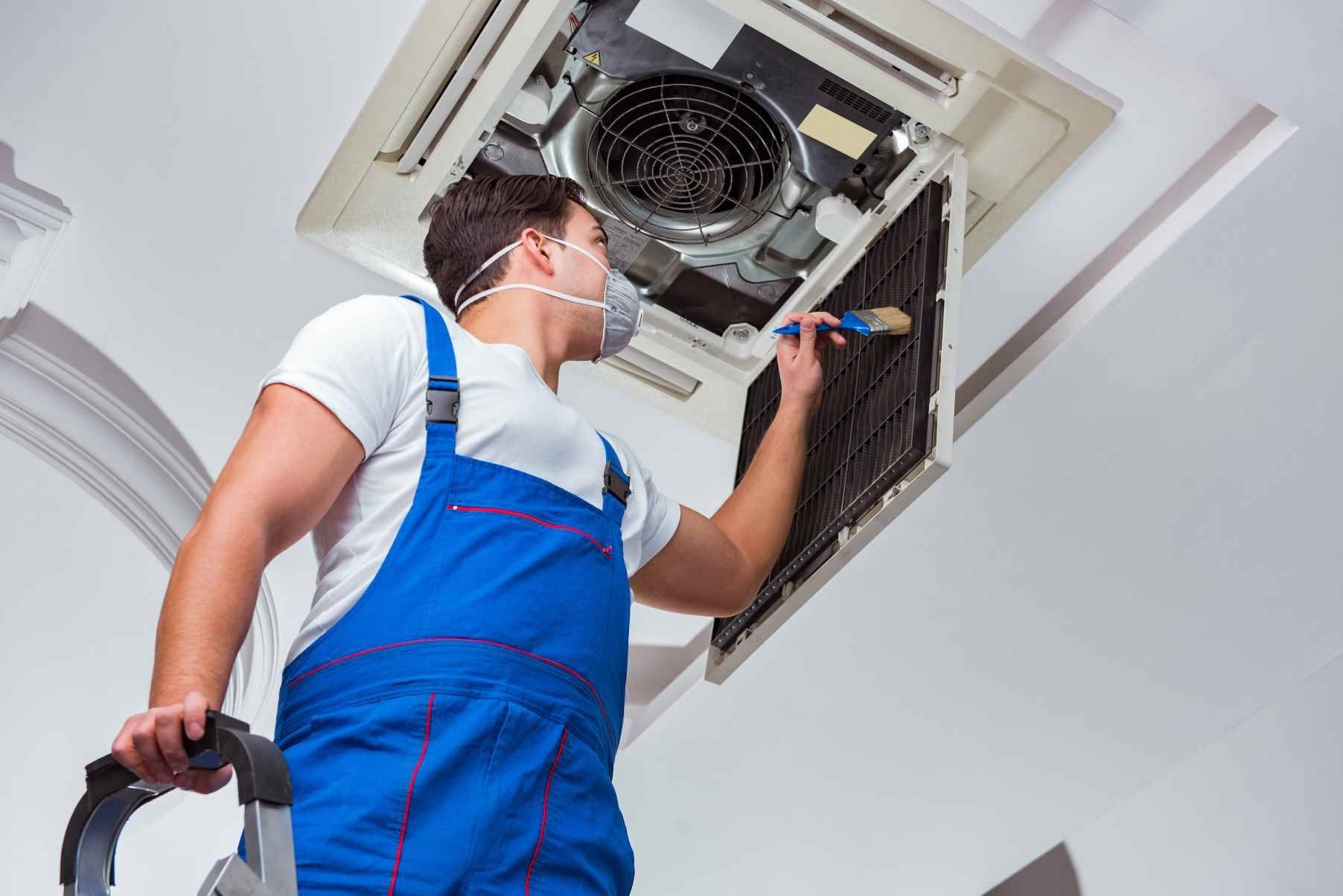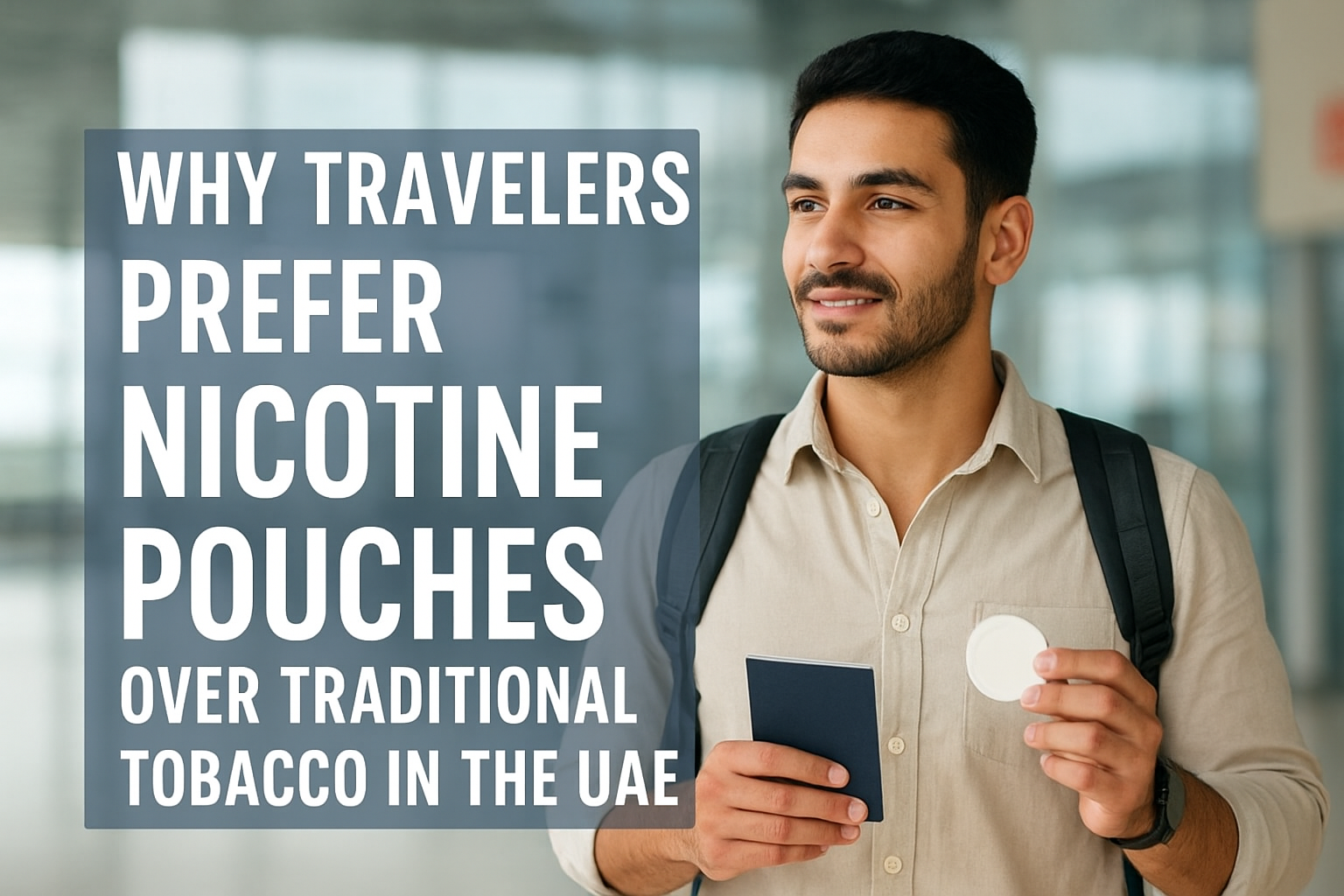To Reduce Indoor Pollution is really important for you and your family, because clean air helps everyone stay healthy and feel comfortable in your home. Yesterday, I experienced a drastic situation at home that opened my eyes to the dangers of indoor pollution. While enjoying a quiet evening, I suddenly noticed a thick cloud of dust and an odd, musty odor filling the living room. It turned out that years of accumulated dirt and allergens in our HVAC system had finally taken a toll, almost compromising our health.
That eye-opening moment made me realize how necessary it is to maintain our air systems regularly to keep our homes comfortable and reduce indoor pollution. This experience inspired me to share how professional HVAC cleaning can make a significant difference in eliminating contaminants and promoting cleaner air in every home.
How Does HVAC Cleaning Help?
1. Removing Dust and Dirt
HVAC cleaning uses powerful vacuums to suck up dust and dirt from inside the system. With less dust, fewer particles get into your home’s air, which helps reduce indoor pollution.
2. Getting Rid of Allergens
Allergens like pollen, pet hair, and dust mites can build up in your HVAC system and make you sneeze. Cleaning removes these allergens, making it easier for everyone to breathe.
3. Stopping Mold and Bacteria Growth
Moisture in the system can cause mold and bacteria to grow, releasing harmful spores. Cleaning, especially with techniques like Air Duct Dry Fogging Disinfection, kills these germs and helps keep the air healthy.
4. Improving System Efficiency
A clean HVAC system works better and uses less energy because air flows smoothly. This efficiency means the system spreads cleaner air, which further reduces indoor pollution.
The HVAC Cleaning Process: Step by Step
Step 1: Inspection
A trained technician looks inside your HVAC system. They use special cameras to see how dirty the ducts and filters are. This step helps them understand how much cleaning is needed.
Step 2: Sealing and Protection
Before the cleaning starts, the technician covers your vents and floors with plastic or cloth. This keeps dust from falling on your furniture and carpets. It also makes sure that all the dust goes into the vacuum and not into your rooms.
Step 3: Creating Negative Pressure
A very powerful vacuum is attached to the HVAC system. The technician creates something called negative pressure. This means that when the vacuum is on, it pulls the dirty air and particles into the machine. Negative pressure is important because it makes sure that the dust does not get blown back into your home.
Step 4: Brushing and Agitation
Special tools like brushes and air whips are used to shake loose the dust and dirt that sticks to the inside of the ducts. This step is very important because it helps remove the hard-to-get particles.
Step 5: Vacuuming Up the Dust
After the dust is loosened, the powerful vacuum sucks up all the particles. The strong suction makes sure that almost all the dust and debris are removed from your HVAC system. This is one of the best ways to reduce indoor pollution.
Step 6: Cleaning Other Parts of the System
HVAC cleaning is not just about the ducts. The technicians also clean:
- Air Filters: These are changed or washed to keep them working well.
- Blower and Coils: These parts are cleaned to remove dust that can slow down the system.
- Registers: The covers where the air comes out are wiped clean.
Step 7: Disinfection
If the technician finds any mold or bacteria, they will use safe disinfectants to kill these germs. One method they might use is Air Duct Dry Fogging Disinfection. This method sprays a fine mist that covers every part of the system, killing harmful germs and helping to reduce indoor pollution.
Step 8: Final Inspection and Testing
After cleaning, the technician checks the HVAC system again. They look inside to make sure there is no dust left and that everything is working properly. Sometimes, they even show you before-and-after photos so you can see the difference.
Step 9: Reassembly and System Testing
The technician puts everything back in place. The louvers and vents are reinstalled, and the HVAC system is turned on to check that it is working well. This last step makes sure that your home now has much cleaner air.
Read Also: Ultimate Guide to Choosing the Best Indoor Air Quality Testing Service
Tips to Further Reduce Indoor Pollution
While HVAC cleaning is very helpful, there are more ways to make your indoor air cleaner:
Regular Filter Changes
Change your HVAC filters every month or two. This is a simple way to keep dust from building up and to reduce indoor pollution.
Use Air Purifiers
Air purifiers are machines that help remove dust and germs from the air. They work well with your HVAC system and can make your home’s air even cleaner.
Control Humidity
Mold grows best in damp places. Use dehumidifiers or air conditioners to keep your home dry. This helps stop mold and keeps the air safe.
Keep Your Home Clean
Regular dusting and vacuuming help keep your home free from extra dust. When you clean often, there is less dust for the HVAC system to pick up.
Professional Indoor Air Quality Testing
For the best results, it’s very important to do professional indoor air quality testing services. They can check how clean your air is and fix your HVAC system. Using advanced tools, experts make sure your system works well and helps keep your home’s air as clean as possible, which is really important for keeping you and your family healthy. However, if you want Indoor Air Quality Testing in Smyrna, contact MMI.
Why Professional HVAC Cleaning Is Better Than DIY
Some people might try to clean their HVAC system at home. However, professional HVAC cleaning services are much better because:
- They Know What They’re Doing: Professionals are trained and follow safety rules. They know how to clean your system without spreading dust.
- They Use Special Tools: The machines and tools used by professionals are very powerful. Home vacuums do not work as well.
- They Keep Your Home Safe: Professionals take care to seal off your home and protect your furniture. They also use safe chemicals.
- They Show You the Results: Many companies give you pictures of the ducts before and after cleaning. This shows that the work was done well.
By hiring professionals, you can be sure you are taking the proper steps to reduce indoor pollution in your home.
How a Clean HVAC System Makes Your Home Healthier
When your HVAC system is clean, your home benefits in many ways:
- Healthier Air: There is less dust, mold, and allergens. This helps everyone breathe easier.
- More Comfort: Your heating and cooling system works better, making your home more comfortable.
- Lower Energy Bills: A clean system does not have to work as hard, which saves energy and money.
- Longer System Life: Regular cleaning helps your HVAC system last longer, reducing the need for expensive repairs.
Each benefit is important in making your home a safe and healthy place to live.
How HVAC Cleaning Helps Reduce Indoor Pollution and Create a Healthier Home
Reducing indoor pollution is very important for our health. One of the best ways to do this is by cleaning your HVAC system. When the HVAC system is dirty, it spreads dust and allergens into your home. You can reduce indoor pollution and enjoy cleaner, fresher air by cleaning it regularly.



